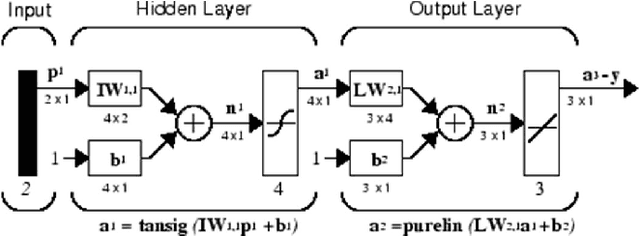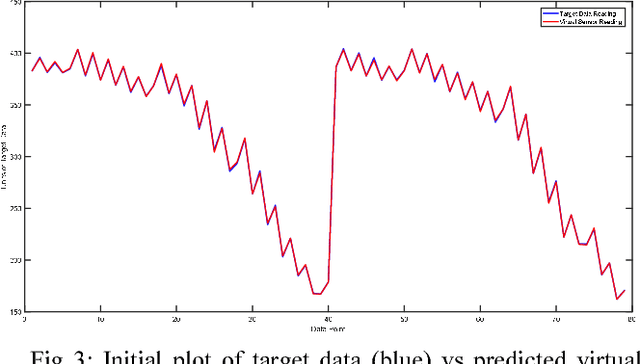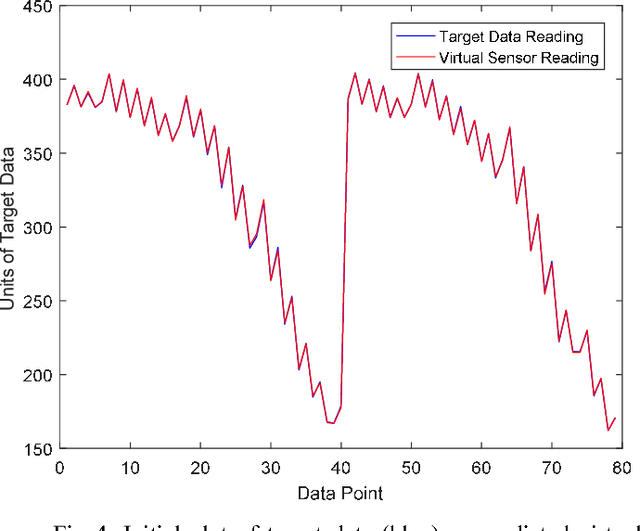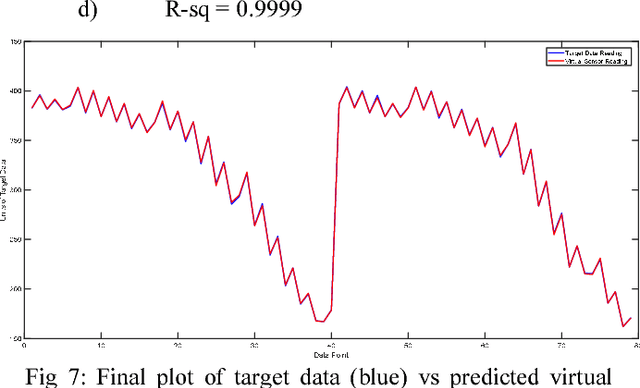Get our free extension to see links to code for papers anywhere online!Free add-on: code for papers everywhere!Free add-on: See code for papers anywhere!
Navreet Saini
Virtual Sensor Modelling using Neural Networks with Coefficient-based Adaptive Weights and Biases Search Algorithm for Diesel Engines
Dec 22, 2017Figures and Tables:







Abstract:With the explosion in the field of Big Data and introduction of more stringent emission norms every three to five years, automotive companies must not only continue to enhance the fuel economy ratings of their products, but also provide valued services to their customers such as delivering engine performance and health reports at regular intervals. A reasonable solution to both issues is installing a variety of sensors on the engine. Sensor data can be used to develop fuel economy features and will directly indicate engine performance. However, mounting a plethora of sensors is impractical in a very cost-sensitive industry. Thus, virtual sensors can replace physical sensors by reducing cost while capturing essential engine data.
Via
 Add to Chrome
Add to Chrome Add to Firefox
Add to Firefox Add to Edge
Add to Edge